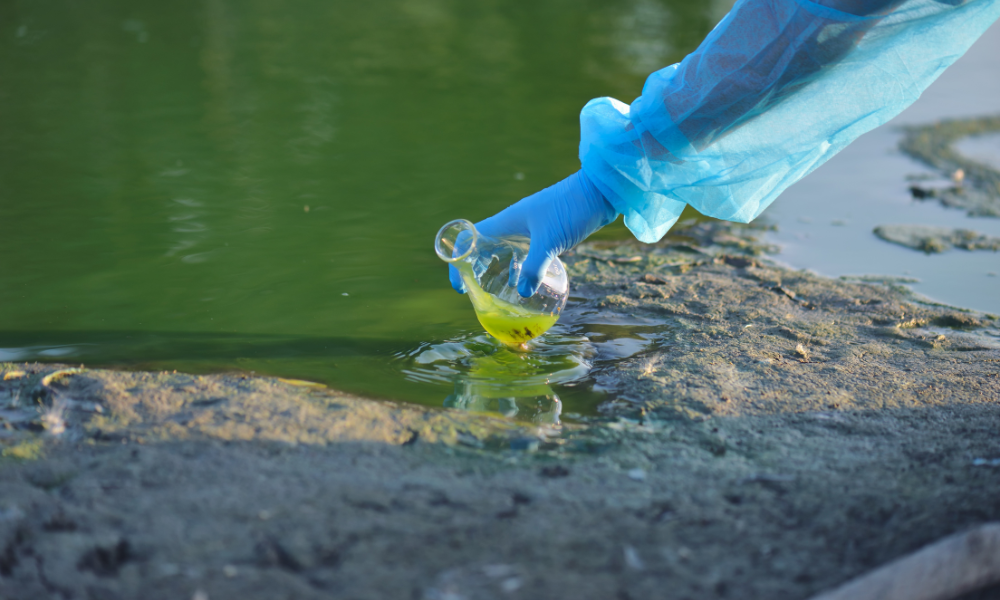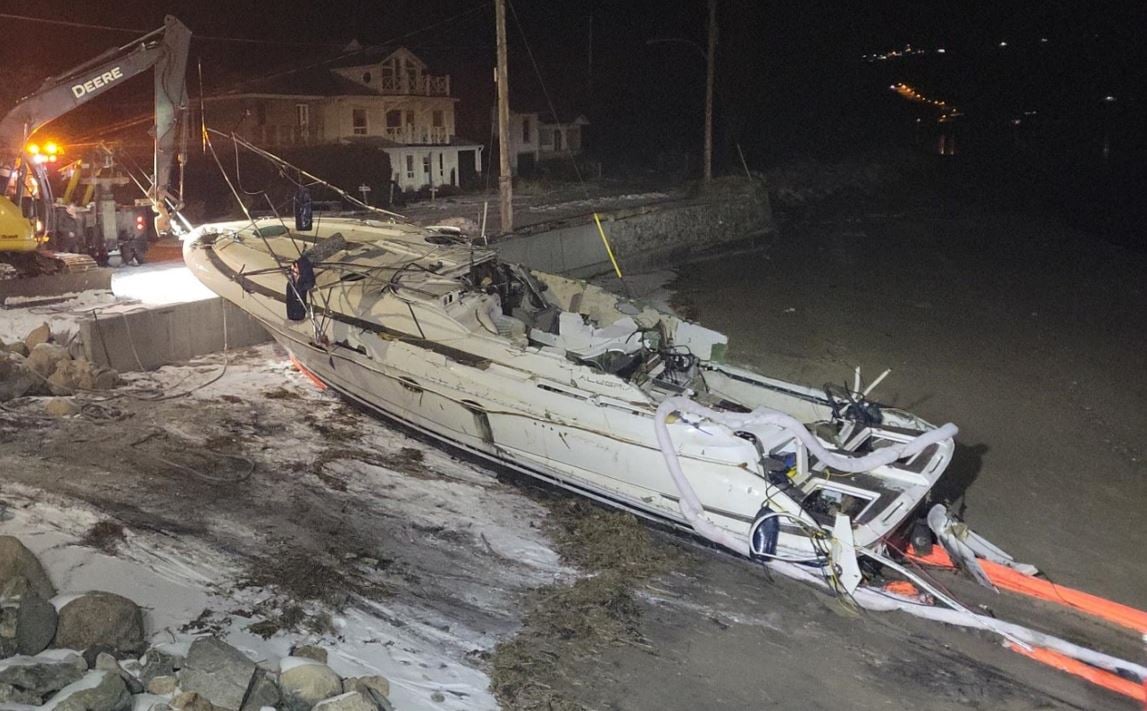'This is critical to avoid the uncontrolled discharge of untreated water'

The court-appointed Receiver for Victoria Gold Corp. has begun discharging water at the Eagle Gold Mine site about seven months after the heap leach failure at the site, according to the Yukon government.
The discharge, which started on February 14, 2025, is a proactive measure to manage water levels.
“There is a limit to how much water can be treated on a daily basis and technical advisors working with the Receiver have advised that it is necessary to begin the process of discharging water now to ensure there is enough storage during spring melt,” said the Yukon government. “This is critical to avoid the uncontrolled discharge of untreated water containing cyanide.”
The Receiver plans to release up to 3,000 cubic metres of water per day—approximately the volume of an Olympic-sized swimming pool—until additional treatment measures are in place. While the discharged water meets cyanide compliance standards, it contains elevated levels of total copper and does not fully comply with federal regulations or the site’s amended water licence.
To address this, the Receiver is constructing a settling pond to reduce copper concentrations in the treated water. Once the pond is operational in the coming weeks, discharge is expected to meet all regulatory requirements.
Daily water sampling is being conducted to track contaminant levels, and a comprehensive environmental monitoring program remains in place. The Yukon government said that it will continue to provide updates on mine site activities.
Meanwhile, separate water quality monitoring downstream of the mine site has detected contamination entering Haggart Creek from a suspected leak in a newly constructed containment pond. The Government of Yukon first received reports of the suspected leak on Dec. 28, 2024, and publicly shared the information on Jan. 3, 2025.
Water testing has identified increased levels of cyanide, cobalt, chloride, and nickel in Haggart Creek. Some contaminants exceed aquatic life guidelines, raising concerns about potential impacts on fish populations downstream. “These contaminants may negatively impact fish health in the downstream environment where exceedances above aquatic life guidelines are found, emphasizing the importance of ongoing monitoring of water quality and fish health downstream of the site,” officials stated.
Recent water quality data collected between Jan. 19 and 30, 2025, shows cyanide levels reaching up to 0.021 mg/L – exceeding British Columbia’s acute aquatic life guideline of 0.010 mg/L. The contamination is linked to both the suspected containment pond leak and ongoing groundwater pollution from the original heap leach failure that occurred on June 24, 2024.
The Eagle Gold Mine in Yukon experienced a “significant” landslide early after a heap leach failure in June 2024.





